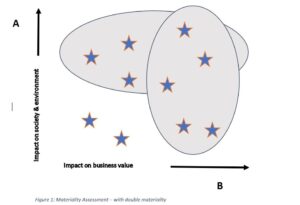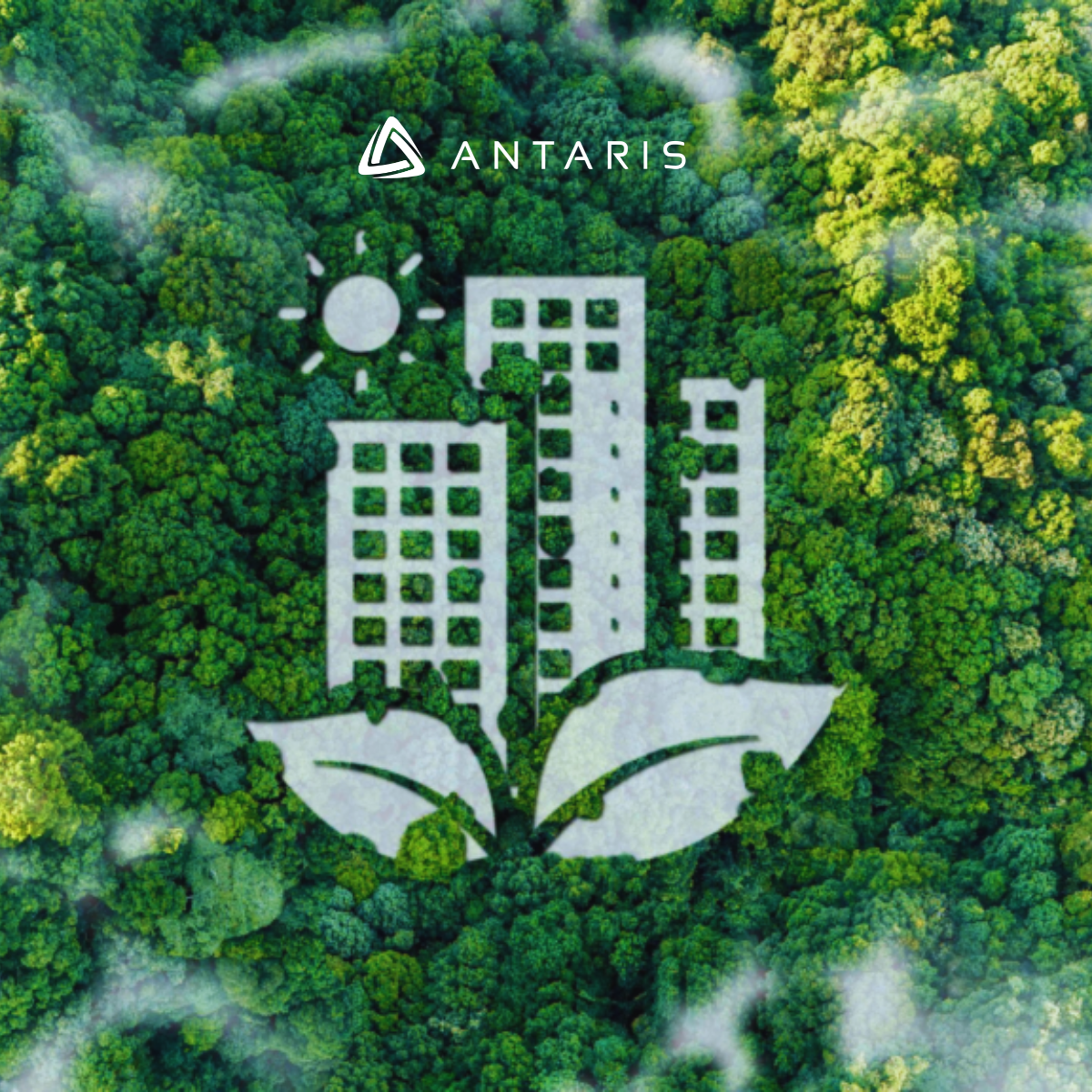Embarking on a sustainability journey can be confusing.
To separate the wheat from the chaff, one of the first things you’ll want to conduct is a materiality assessment.
Materiality is a concept borrowed from financial accounting relating to the disclosure (and sometimes the omission to disclose) of information that is consequential to the value of the organisation.
From a sustainability perspective, materiality refers to the process of identification and prioritisation of ESG issues relevant to the organisation. A materiality assessment will tell you the issues you need to pay attention to.
What you actually do about those issues will be key to your sustainability strategy.
Why Materiality Matters
A materiality assessment is a requirement under most sustainability reporting frameworks, including the Global Reporting Initiative (GRI). EU companies under the imminent Corporate Sustainability Reporting Directive (CSRD) will be adopting the concept of ‘double materiality’ which requires reporting on those matters which are both consequential to financial value and consequential to non-financial factors such as the market, the environment, and society.
The other benefits of undertaking a materiality assessment include:
- It enables you to gain a broader and more comprehensive appreciation of your business’s impact. This system-level understanding can lead to the discovery of new opportunities for risk mitigation and value creation.
- It is a great opportunity to engage stakeholders (internal and external) in a dialogue about what matters to them, creating the potential for stronger relationships and greater social license.
- It can make your reporting and disclosures much more meaningful and engaging.
- It is an essential input to your corporate sustainability strategy.
Enacting a Materiality Assessment
There is not a strict formula to follow. The assessment can be broad or narrow and it can align with your organisation’s cultural preference for data type, be that quantitative or qualitative. It can be done in-house or you may want to engage the support of an external consultant.
If engaging an external consultant, consider availing of the range of supports available through Enterprise Ireland and other state agencies.
The activities that a materiality assessment might include are:
- Desk review of regulatory changes and the trajectory of issues within the ESG landscape as they apply to your market.
- Undertake a digital listening exercise to identify hot spots attracting high levels of interest.
- Map your stakeholders according to their interests and influence. Think broadly about who your stakeholders are – beyond internal employees, suppliers and customers. Consider including media representatives, NGOs, academia and civil society stakeholders and so on.
- Select your tools of engagement. Surveys are quick, easy, and scalable. However, for some stakeholders, it may be a great opportunity to organise open-ended interviews either through one-to-ones or roundtables, thereby strengthening relationships
Categorising and Prioritising the Issues
An important part of the process is to agree the dimensions of your analysis with your internal sustainability team and your external consultant (if you have engaged one).
Some organisations will use a 2 x 2 matrix to rank the issues in terms of their societal importance alongside their importance to the business. If taking a double materiality approach, the business side will be more sharply focused on financial impacts which may require involving bankers, investors, or other financial perspectives in the stakeholder consultations.
A simple matrix may look like the following:
Rather than using a matrix, organisations may prefer to use a simple list system whereby issues are identified based on the agreed dimensions. Either way, you will have a methodology for identifying Tier 1 issues (of high importance all round), Tier 2 issues, Tier 3 issues and so on.
Whichever approach is used, it is good practice to document your methodology and have it available for future use and as an input to your disclosures. It is a core item in corporate sustainability reporting.
Materiality is not a static once-and-done item. The regulatory, social, and market environment is moving very quickly. Repeating the materiality assessment every second or third year is good practice.
If you want to discuss your approach to a materiality assessment, please reach out to us.



